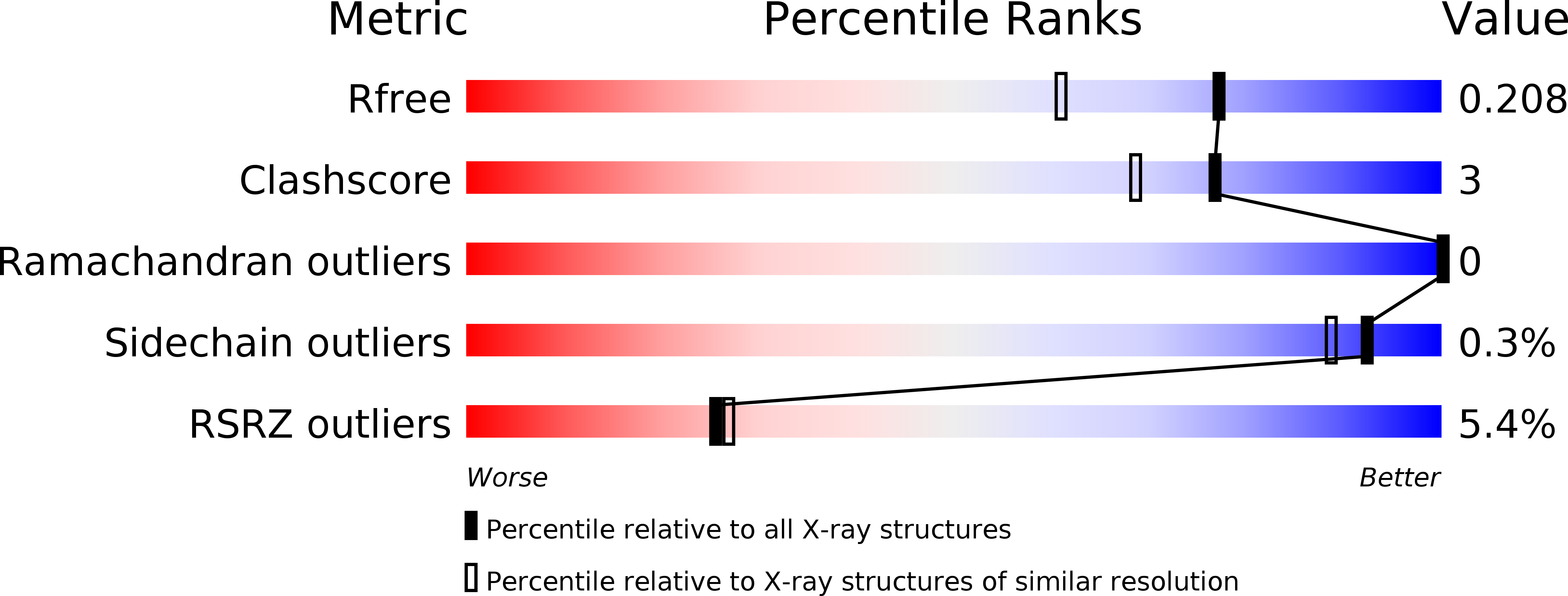
Deposition Date
2017-10-10
Release Date
2018-02-14
Last Version Date
2024-03-13
Entry Detail
PDB ID:
6B9M
Keywords:
Title:
Crystal structure of UHRF1 TTD domain in complex with the polybasic region
Biological Source:
Source Organism:
Danio rerio (Taxon ID: 7955)
Homo sapiens (Taxon ID: 9606)
Homo sapiens (Taxon ID: 9606)
Host Organism:
Method Details:
Experimental Method:
Resolution:
1.68 Å
R-Value Free:
0.20
R-Value Work:
0.18
R-Value Observed:
0.18
Space Group:
C 1 2 1


